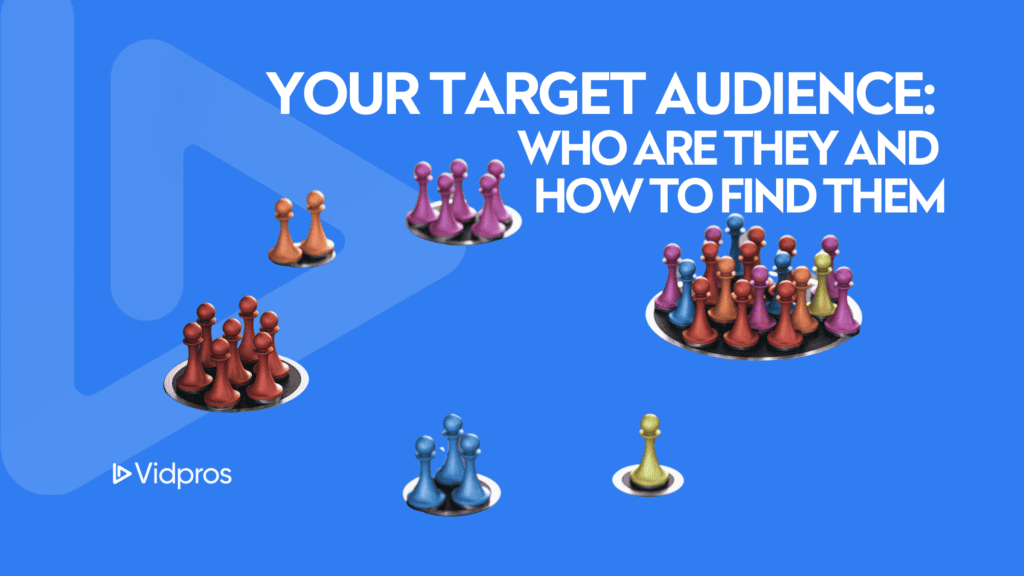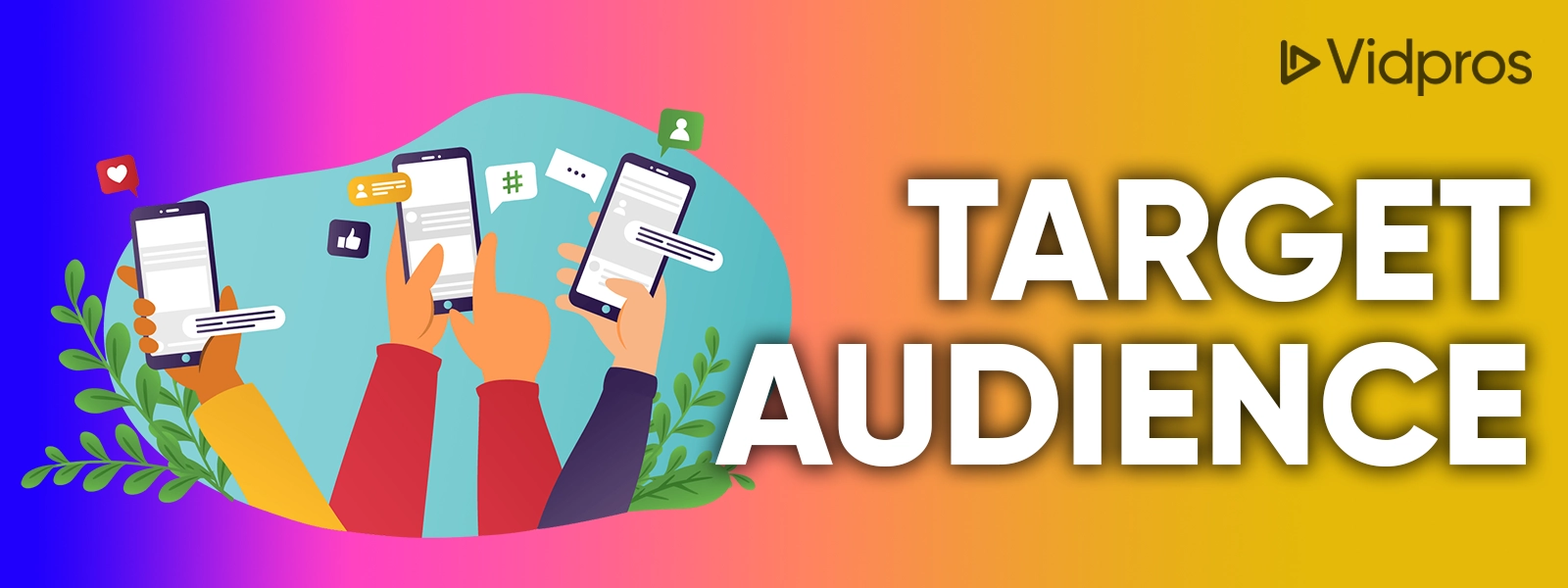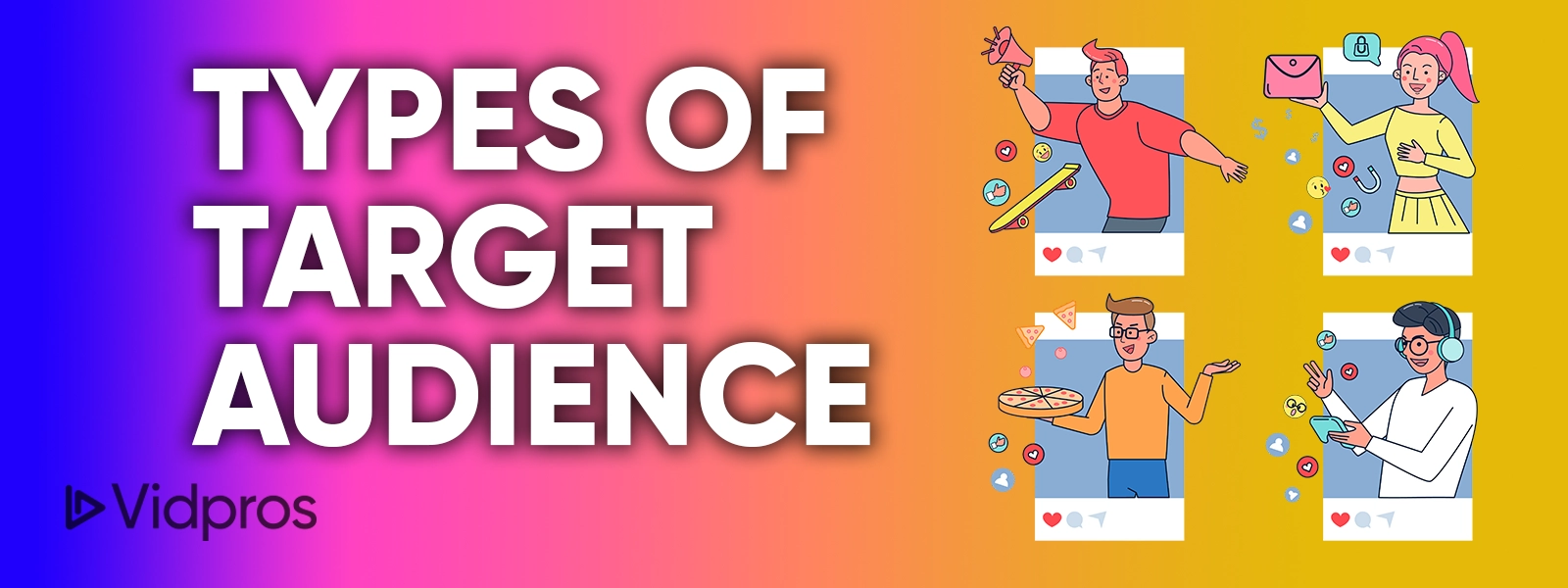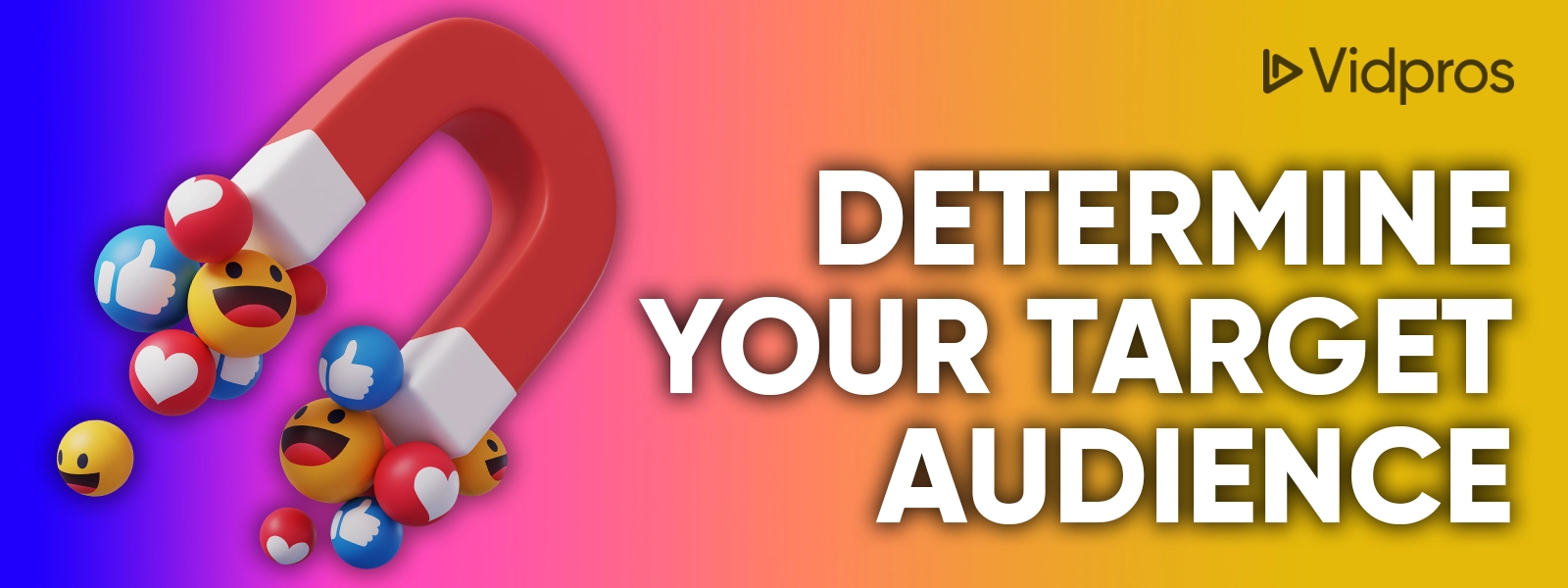You may have heard so much about finding the right target market for your business. Not bad, right?
But have you ever wondered how you could enhance your digital marketing or structure your best content strategy to get more results and efficiently manage your ad spend to provide better results?
Consider this, at least $37 billion is lost in ad spending each year for campaigns that failed to generate the desired engagement in the market.
Marketers and consumers are torn apart by the waste in the advertising epidemic.
The amount of money digital advertisers lose to ad fraud is estimated to reach $100 million within the next five years.
A massive loss like this is unsustainable for omnichannel marketers, and their marketing measurements need to be re-examined, ad spending, and strategy.
Considering that global advertising is expected to grow by 6.1% to $573 billion in 2021, it is evident that quality data and effective marketing measurement are essential.
Getting rid of ad waste will increase marketing return on investment (MROI) and budget efficiency.
Marketers must create targeted, personalized customer experiences to grab their attention to stand out among a sea of brands and advertisers.
Media decisions, messaging, and timing can be more effective when marketers know their ideal buyer.
The key to the success of any marketing campaign is understanding target audiences, which will help your brand connect with your audience—having trouble finding your target audience? Here’s what you need to know.
What Is a Target Audience?
Typically, your target audience refers to a particular segment of consumers most likely to be interested in your product or service. Therefore, your advertisements should be directed toward this specific segment of consumers.
Various factors can influence the target audience, such as age, gender, income, location, interests, etc.
People of all ages can be involved, including men, women, adolescents, and children. There is usually some common interest between them, such as sports, politics, or cars.
Advertising agencies can use personas to investigate relevant titles in magazines or trade publications relevant to their audience.
Many businesses rely on target audiences as a vital part of their marketing strategy to influence decision-making for their business.
The target audience often decides how to spend money on advertising, how to achieve customer satisfaction, and what product to develop next in terms of where to spend money.
Additionally, they are used to create buyer personas for a company’s products and services. The buyer persona represents a business’s ideal customer based on a detailed analysis of the data that constitutes the target audience for a given product or service.
The following are some of the areas in which you can study demographics and behavior:
Age
Gender
Location
Occupation
Income
A customer’s purchase decision can be better understood by having this information about them. The most effective way to ensure that your campaigns reach the right people, who will be most receptive to the message and products offered by your company, is by targeting a specific audience.
When trying to reach a target audience or market, make sure you understand the difference between them. Despite the similarities, their differences are crucial for marketers to know.
Types of Target Audiences
Target audiences can take many forms when it comes to defining their types. Your crucial audience can be segmented into groups or further described using categories such as the following:
Interests
This is a list of things people are passionate about, like their hobbies.
The information you gain from this data will help you understand your audience’s motivations and behaviors to connect with them in a more relatable way.
For example, a consumer who enjoys road biking as a hobby will likely purchase a new road bike in the spring, when the weather is warmer and the road racing season begins.
Many of your potential audiences are interested in travel.
Depending on the situation, you can figure out how to use that message in your marketing campaign to appeal to more interested buyers.
Subculture
Groups like these are made up of people who have a lot of things in common.
It can be illustrated with the example of a particular music scene or entertainment genre.
To reach out to the right people, companies need to understand the subcultures within which they operate so that they can target them accordingly.
Purchase intention
As the name implies, this is the process of a group of people looking for a particular product and trying to collect more information before purchasing it.
Examples of these purchases include consumers who buy a new laptop, car, clothing, or television.
As a result of this data, you can better and more effectively direct your messaging to your audience.
An excellent example of how to reach a subculture is to think about what the subculture has to do with your business, especially if you are targeting a large audience.
To market to their subcultures, Netflix uses social media accounts specific to the subcultures, such as accounts dedicated to specific types of content.
Developing your target audience involves some research, which means that you need to figure out precisely who you want to reach and how you can achieve them in a way that makes you stand out from your competitors.
Ways to Determine Your Target Audience
The best way to determine your target audience is to analyze the data you receive from consumer interactions, evaluate current buyer and purchase trends, and optimize your efforts as new information comes to light.
To determine who your target audience is, you should follow the following steps:
Get to Know Your Customers
It is best to look at the people already buying your services or products to determine who your target audience is.
Do you know how old they are, where they live, and their interests?
The best way to learn this is through social media engagement, gathering client testimonials, or making sure you have a customer survey available.
Analyze market trends and conduct market research
Consider looking at the market research for your industry to see where there are potential gaps in service that you can fill with your product.
Considering similar products’ trends will allow you to see their primary focus, and you can then focus further on how your product differs from others.
Analyze Key Competitors
A closer look at competitors can be a beneficial way for marketers to learn more about the types of customers they sell to and how they do so.
Do they use online or offline channels to reach out to them? Do they focus on the decision-maker, or are they focusing on the supporter? Do they value a good review example for service they provided a satisfied client?
Develop personas
It is essential to create personas to comprehend the specific segments that make up the target audience you are trying to reach.
There are some reasons you might do this, especially if your product is highly versatile and appeals to many consumers.
To define a persona, you have to know your target audience’s general demographics, personalities, and needs.
Several factors go into creating personas, including data, surveys, digital engagements, and any other information a marketer can tap into to create an accurate picture of the buyers.
For instance, list your favorite hobbies, television shows, magazines, etc., in this category.
Marketers should develop three to five personas to understand their customers better.
When you create reader personas, you will never forget who you are writing for and what you are trying to convey.
If you want your blog to be helpful to your readers, design it with content that will interest them since your buyer persona is similar to your reader persona.
Marketers are likely to be interested in blogs that discuss digital media, for instance.
There are a few significant differences between a reader and buyer persona.
One of the most important is that a reader persona generally focuses on the challenges that your persona might encounter.
To address those challenges, write content that offers solutions or alternatives.
Make sure your target audience is right.
There will likely be some consumers who fall within your target demographics but will not respond to your messages.
If you need to find out who your audience is, you need to be very specific about who it is and who it is not.
Would you consider your demographic to be women or women who are between the ages of 20 and 40?
If your team is aware of this, they will not waste ad dollars on segments that will not generate returns for them.
Continuously review and adapt.
Throughout the process of collecting data and interacting with customers, you will be able to gain an increasingly precise understanding of your target audience as you collect more data.
You should constantly work on optimizing and honing personas based on that information for the best results.
Use Google Analytics
A lot of information is available about your site’s visitors when you use Google Analytics.
There are some ways you can use this information, and by applying it to media planning, you can get a better idea of what types of content your target audience connects with the most or what channels they are coming from, allowing you to take more informed decisions during the media planning process.
Regarding obtaining demographics about your audience and their interests, Google Analytics is one of the best tools available.
Google Analytics lets you view website insights in various sections, such as age, gender, and location, so you can see how visitors interact with your website. You will be able to see the areas of the dashboard clearly labeled, and you will be able to interpret the colorful graphs.
An example of an age breakdown in the Audiences section of Google Analytics shows an investigation based on age.
Take a look at how the numbers are broken down and how the graphs give you a great visual representation of the data.
This tool can significantly assist you if you want to get insights into who visits your website and what content they are interested in.
Look at social media analytics.
What time of day do you find your social media followers most engaged with your posts?
Does it happen when you post a funny meme on Instagram or a poll on Twitter, or does it happen when you post a funny image?
There are a few things that you can find out about your target audience by looking at these questions.
You can get hints about what content they are interested in, which will help you fill in one of the pieces to find that audience.
A social channel’s audience is different from another, and they have various interests, so it is crucial to look at your analytics across other platforms.
For example, Twitter attracts a younger audience, whereas Facebook attracts an older audience.
Similarly, Twitter is a social media site that is based on short-form content, while Facebook is a social media site that allows users to post long-form content and videos.
Because Instagram is primarily a visual platform, visual content would thrive in this channel since it is a visually oriented platform.
The more you know about these factors, the easier it will be for you to plan your strategies accordingly.
You can find out who is viewing your profile with the help of analytics. Additionally, they can tell you what is working and what isn’t working from a content perspective.
As long as you post content that appeals to the audience in your target market, you are more likely to gain followers.
Use Facebook Insights.
The Facebook Insights tool is what you need if you have a Facebook page.
Every page on Facebook has access to a wide range of insights that are free of charge.
Using these insights is similar to using Google Analytics to create a target audience – you will receive critical information required to make a targeted audience for your website.
The People tab on the Insights dashboard allows you to see who your visitors are and from where they are coming.
As well as focusing on interests, Facebook also integrates with other social media platforms, such as Twitter, to allow users to move between the two. Insights reports are also helpful because they help you understand your audience’s lifestyle, such as whether they purchase online items.
You can use insights like these to assist with planning your campaign far into the future when you have identified your target audience. That’s why it is such an important tool to keep in mind from time to time.
Check up on website performance.
Identify the content areas on your website that perform best and those that serve worst.
A lot of your target audience will be introduced to your company by your website, so it is a great idea to make your website more engaging by adding what they find interesting.
Your goal should be to produce content that is engaging for your audience so that you can repurpose the content that is not engaging and promote the exciting content.
To maximize your brand reach, you can share your blog posts to your social media accounts if they are a hit with your audience.
Engage with social media audiences.
You must interact with your followers on social media to reach your target audience. As you create your buyer persona, these are the users you should consider when making your persona.
Remember to keep this step in mind if you still need a social media account.
Using tools such as Instagram Stories and replies, you can ask your followers what they want to see, so you can get their feedback on your approach or what you are doing.
Your engagement, whether positive or negative, can impact how you make your content more engaging and how you can attract new audience members.
Try to tweet something that invites your audience to engage with you in some way, for example, “Can you send us a picture of your pet wearing a collar from our newest collection and win a prize?” This will evoke a response, a response you can analyze and imitate to grow your audience.
Conclusion
In addition to engaging consumers, target audiences also give marketers a good idea of how to market to them effectively.
Identifying your target audience and distributing different kinds of content to them might be a brilliant idea. This is if your brand tries to appeal to multiple target audiences simultaneously.
Whether you are dealing with a specific audience, knowing as much as possible about them is still beneficial to your success.
It is still critical to target a specific audience for your product or service, even if it appeals to a wide range of consumers.
If you can identify and understand the target audience of your marketing efforts, you will be able to choose the marketing efforts with the highest chance of reaching potential customers.
Aside from this, focusing on a smaller group will also allow you to stretch your marketing dollars further than if you concentrate on a larger group of people.
Table of Contents

How to Make and Edit a TikTok Video
Content creators, businesses, and agencies are flocking to TikTok to leverage its wide reach and marketing potential. But to truly maximize its benefits, it’s important

Tips for Editing TikTok Videos
TikTok has grown into a massive short-form video platform, with almost two billion monthly users accessing the app for content daily. Aside from being a
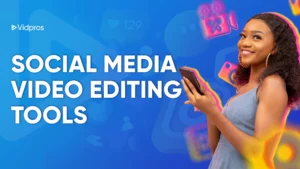
Social Media Video Editing Tools
From accessible, user-friendly software to more complex systems, there are plenty of resources to help get you up to speed and become an editing expert

Video Editing Tools for Social Media
When choosing what video editing software to use, be sure to prioritize ease of use, functionality, and compatibility with your devices. You’ll also want to
Developing your content delivery strategies is critical. Reach out to us and we can help you get started.

